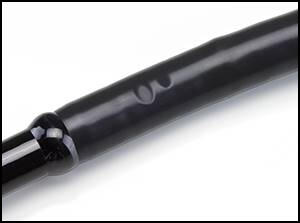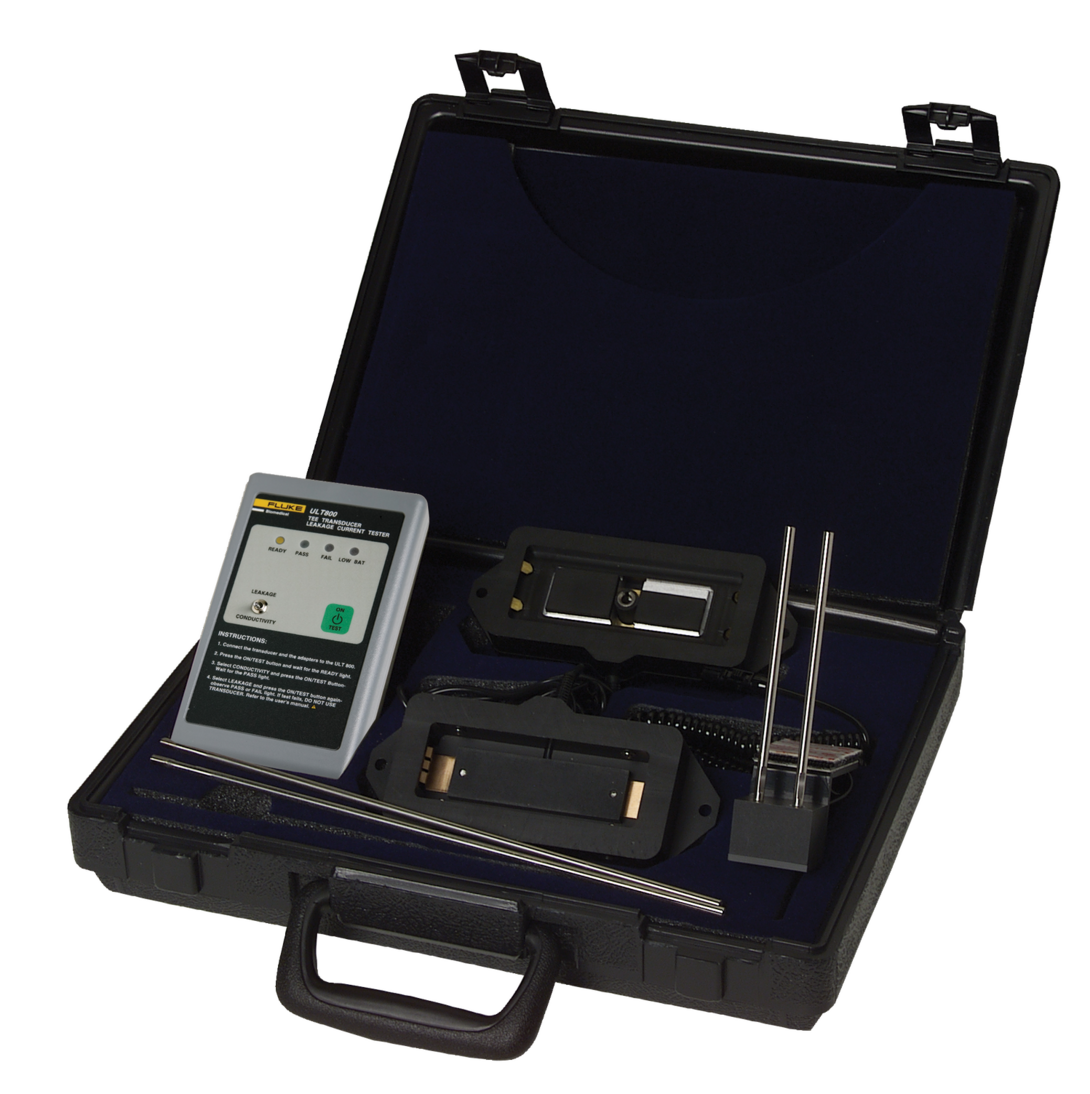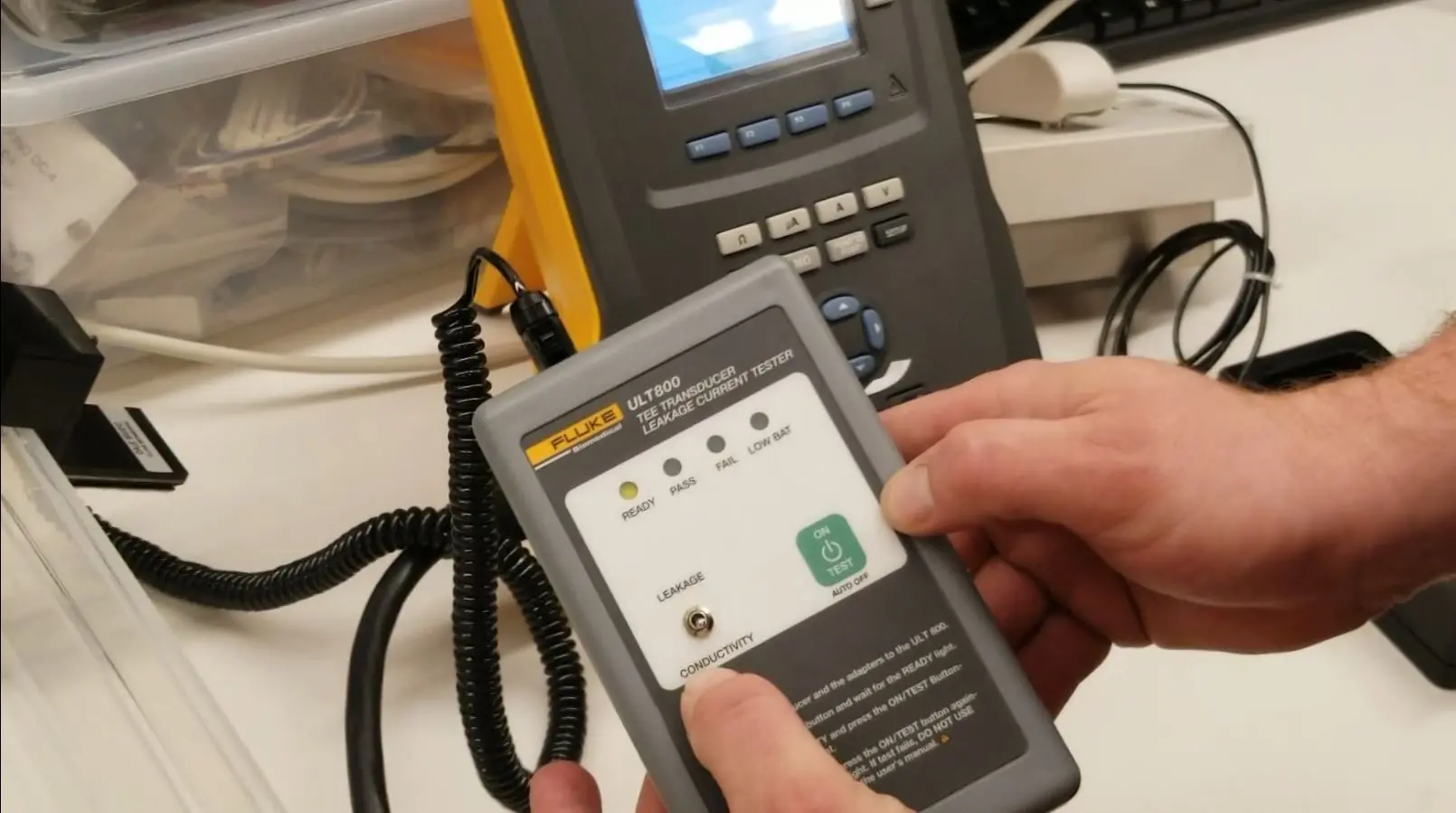The importance of using the correct bath solution when testing TEE probes
In September 2019, the Emergency Care Research Institute (ECRI) issued an Exclusive Hazard Report on the Fluke Biomedical ULT800 TEE Transducer Leakage Current Tester that showed the importance of following the user’s manual guidelines when performing routine maintenance.
There are some important things to remember about the reported situation:
The ULT800 (and the Siemens equivalent tester) is intended to provide a safe way for a cleaning technician or sonographer to test electrical leakage current on diagnostic ultrasound transducers, separate from the diagnostic ultrasound system, while the transducer is being cleaned. Standards of care require between-patient-use cleaning and the electrical leakage current testing of the transducer.
Cleaning solutions have specific dilution instructions that must be followed, and the ULT800 is designed to work properly when the solution is properly mixed. The use of saline solutions as a test medium must also be properly created. Solutions that do not meet the minimum specified conductivity must not be used to perform the test. The specified range of conductivity for proper leakage current testing is provided in the User Manual of the ULT800.
Any failure of a test needs to be immediately reported to the service provider for the medical facility, whether in-house or out-sourced so that the electrical safety test can be repeated, and a measurement value can be obtained and documented.
Case Study:
An ECRI institute member hospital reported that a TEE probe passed the conductivity test despite the transducer having visible holes and bite marks. The bath solution used was a dilution of enzymatic cleaner and sterile water.

Visible Bite Marks in a TEE Probe
Issue:
A bath conductivity test passes if the current is >250 µA. Low conductivity solutions can yield false-positive results for the bath conductivity test.
The bath solution used in this case study, a dilution of enzymatic cleaner and sterile water, did not have the correct conductivity required for the test. Without the correct bath conductivity, the TEE transducer appeared to pass a leakage current test when it should have failed.
From a patient safety perspective, the use of TEE transducers with high current leakage may cause patient harm or death.
Recommendation:
ECRI recommends to only use solutions recommended in the instructions for use (IFU). In this case the User’s Manual recommends the use of only saline or Cidex. Before using a different bath solution, please consult with Fluke Biomedical.

ULT 800 TEE Transducer Leakage Current Tester
Fluke Biomedical can be reached at [email protected]
For more information on the ULT800 TEE Transducer Leakage Current Tester product page.
